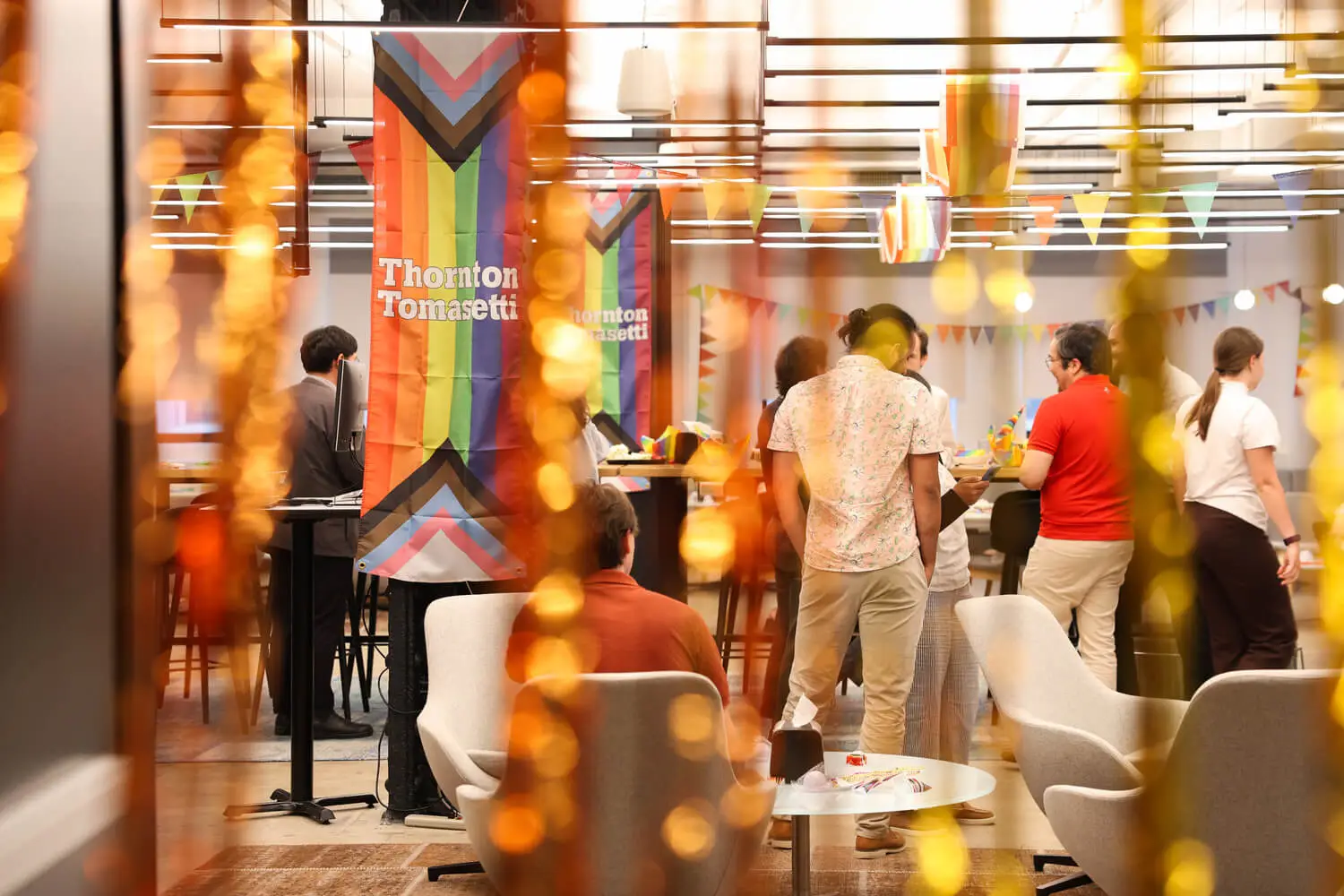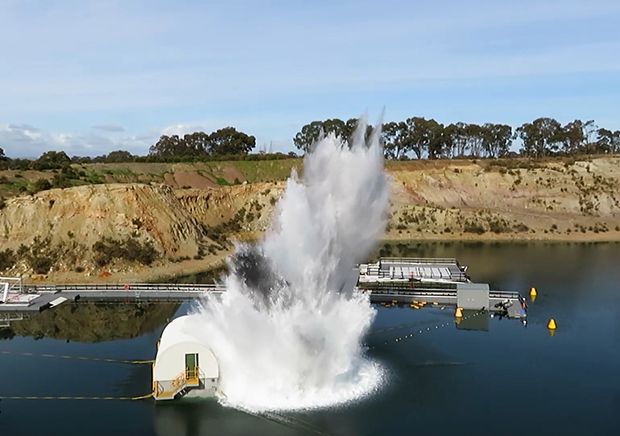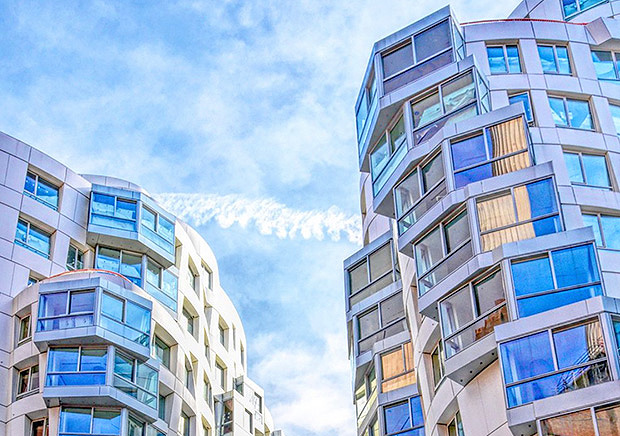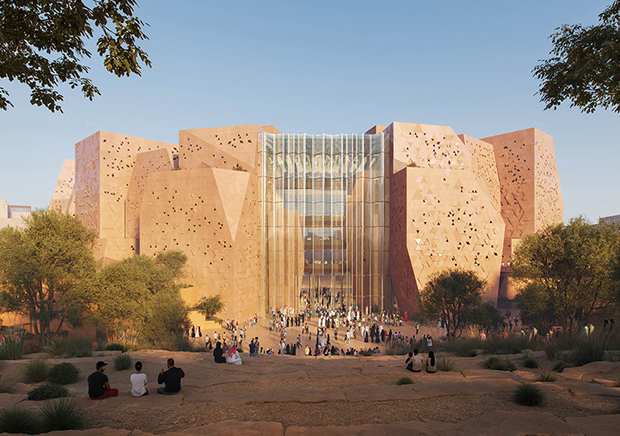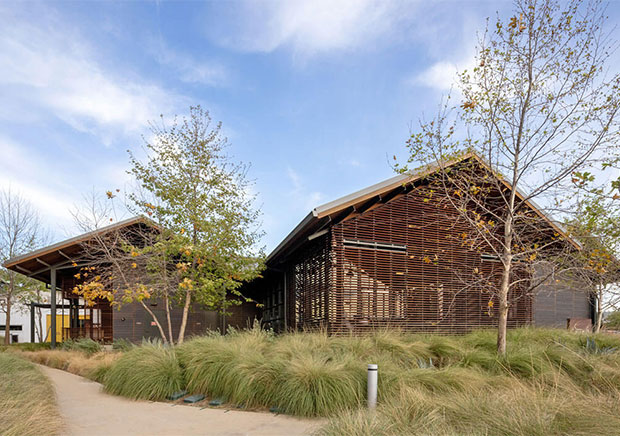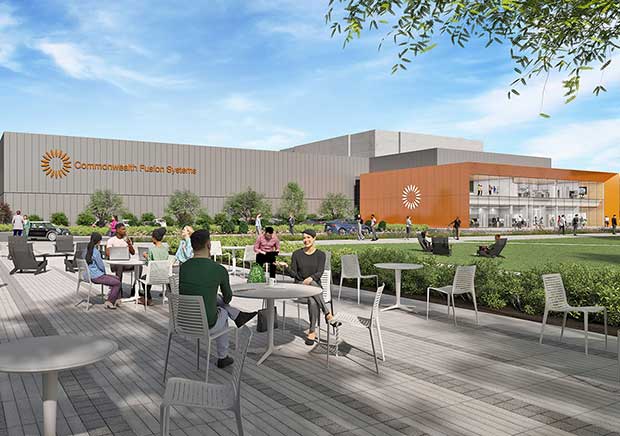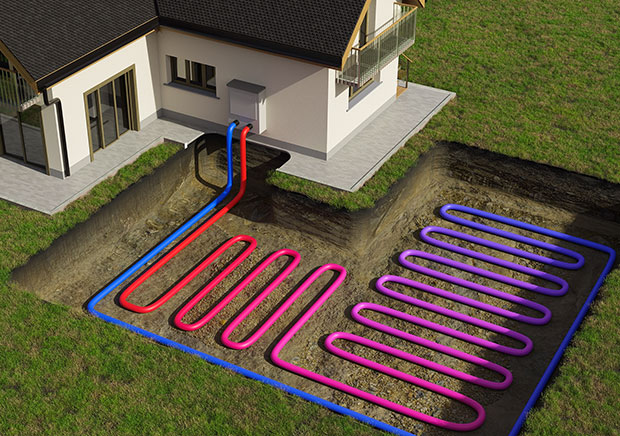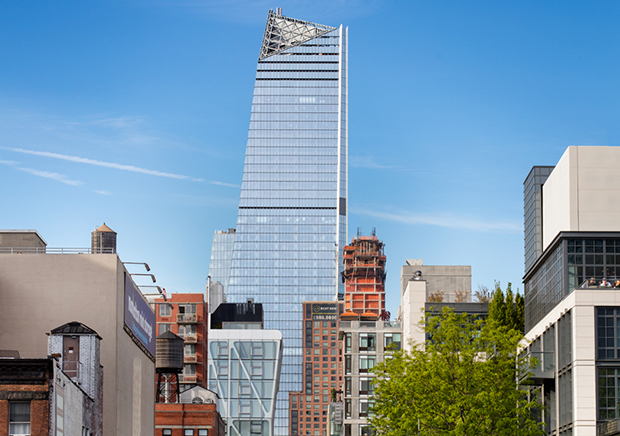
Southwest Airlines BWI Maintenance Hangar
Baltimore-Washington International Airport is undergoing significant upgrades, including the construction of a major maintenance facility for Southwest Airlines, their first in the Northeast region.
Overview
Baltimore-Washington International Airport is undergoing significant upgrades, including the construction of a major maintenance facility for Southwest Airlines, their first in the Northeast region. The site will support multiple aircraft, include office space and feature advanced systems to strengthen the airline’s presence at the airport.
We are providing construction support services and temporary structure support for the project. This development is part of a larger series of airport improvements, including concourse renovations, taxiway upgrades and baggage system enhancements. These efforts aim to support regional growth and increased travel demand, requiring close coordination, regulatory compliance and experienced contractors.
Highlights
- We reviewed the temporary stability of the steel structure during erection, including column stability, required column guying and deadmen, as well as the temporary bracing plan and truss erection sequence plan.
- We reviewed the temporary stability of the hanger door header box truss and steel truss kits during lifting and erection.
- The hangar box truss spans 280 feet across the door opening and was erected in a single tandem-crane lift. We provided review of the box truss stability during lifting, including design of lifting lugs welded to the truss chord for the rigging attachment.
- We provided design for the temporary steel stands to support the box truss during ground assembly. Stands were supported on a roadway plate on prepared site.
- The front-to-back trusses have a clear span 217 feet between the back wall and box truss. The roof was erected with six separate truss kit lifts. A lifted truss kit was made up from a pair of trusses with all roof purlins, decking and bottom chord framing.
- We provided a sealed erection procedure with detailed 3D views of the step-by-step erection sequence and provided minimum bolt-up requirements for the field crew at each step of erection.


